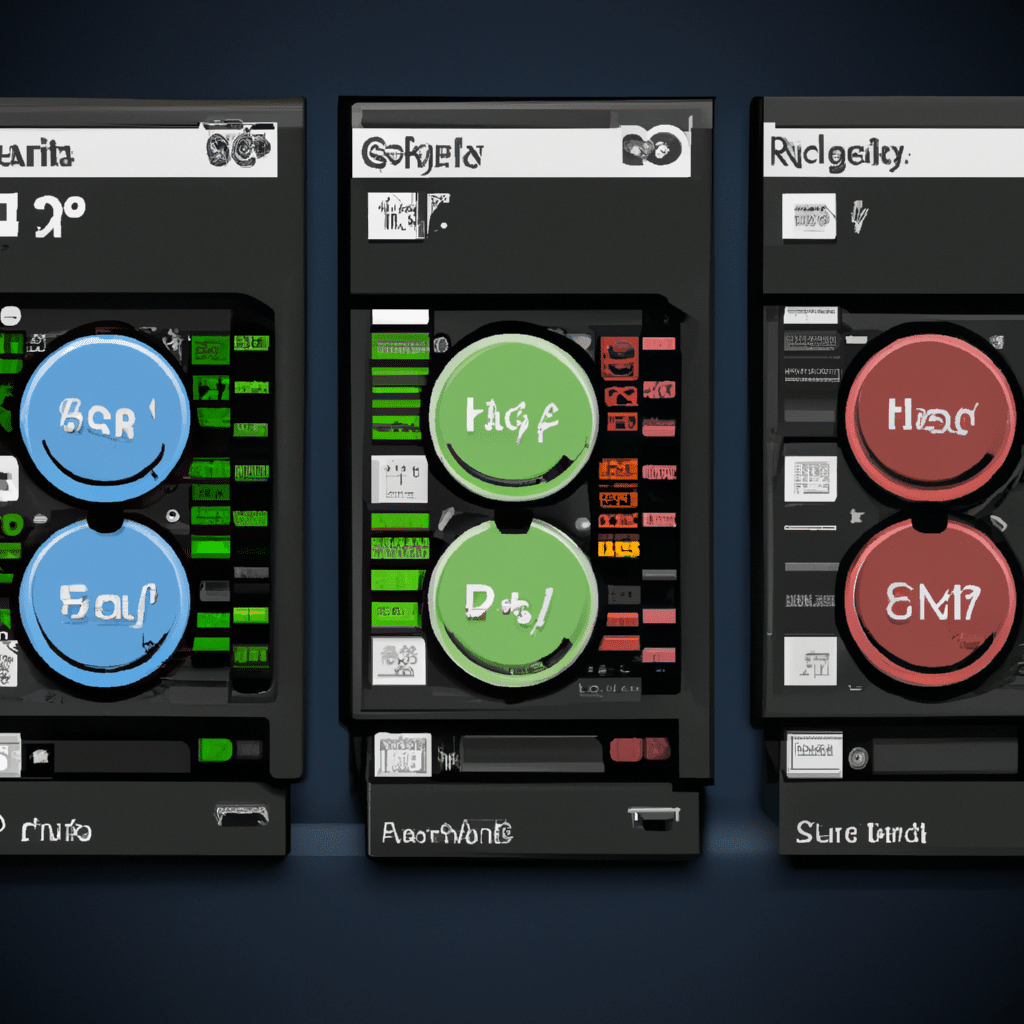When it comes to high-performance computing, choosing the right operating system can make all the difference. High-performance computing (HPC) is the use of supercomputers and parallel processing techniques to solve complex computational problems. HPC is used in a wide range of fields, including scientific research, engineering, and financial modeling. In this article, we will discuss the top operating systems for high-performance computing.

What is High-Performance Computing?
High-performance computing is the use of supercomputers and parallel processing techniques to solve complex computational problems. These problems involve large amounts of data, complex algorithms, and high levels of processing power. HPC is used in a wide range of fields, including scientific research, engineering, and financial modeling.
Why is the Choice of Operating System Important for High-Performance Computing?
The choice of operating system is critical for high-performance computing. The operating system is the software that manages the hardware resources of a computer system. It provides a platform for running applications and managing data. The choice of operating system can have a significant impact on the performance of the system.
1. Linux
Linux is the most popular operating system for high-performance computing. It is an open-source operating system that is highly customizable and flexible. It provides excellent support for parallel processing and can handle large amounts of data efficiently. Linux is also widely used in scientific research and engineering, making it an ideal choice for HPC.
2. Unix
Unix is a powerful operating system that has been used in high-performance computing for many years. It is known for its stability, reliability, and security. Unix provides excellent support for parallel processing and can handle large amounts of data efficiently. It is widely used in scientific research, engineering, and financial modeling.
3. Windows
Windows is a popular operating system that is widely used in business and personal computing. It is also used in high-performance computing, although it is not as popular as Linux or Unix. Windows provides excellent support for parallel processing and can handle large amounts of data efficiently. It is also known for its ease of use and user-friendly interface.
4. macOS
macOS is the operating system used by Apple computers. It is not as popular as Linux or Unix for high-performance computing, but it is still a viable option. macOS provides excellent support for parallel processing and can handle large amounts of data efficiently. It is also known for its user-friendly interface and ease of use.
5. FreeBSD
FreeBSD is an open-source operating system that is highly customizable and flexible. It provides excellent support for parallel processing and can handle large amounts of data efficiently. FreeBSD is widely used in scientific research and engineering, making it an ideal choice for HPC.
6. Solaris
Solaris is a Unix-based operating system that is known for its stability and reliability. It provides excellent support for parallel processing and can handle large amounts of data efficiently. Solaris is widely used in scientific research, engineering, and financial modeling.
7. IBM AIX
IBM AIX is a Unix-based operating system that is used on IBM servers. It is known for its stability, reliability, and security. IBM AIX provides excellent support for parallel processing and can handle large amounts of data efficiently. It is widely used in scientific research, engineering, and financial modeling.
Conclusion
Choosing the right operating system is critical for high-performance computing. Linux is the most popular operating system for HPC, followed by Unix. Windows, macOS, FreeBSD, Solaris, and IBM AIX are also viable options. When choosing an operating system for high-performance computing, it is important to consider factors such as support for parallel processing, ability to handle large amounts of data, and stability and reliability.












